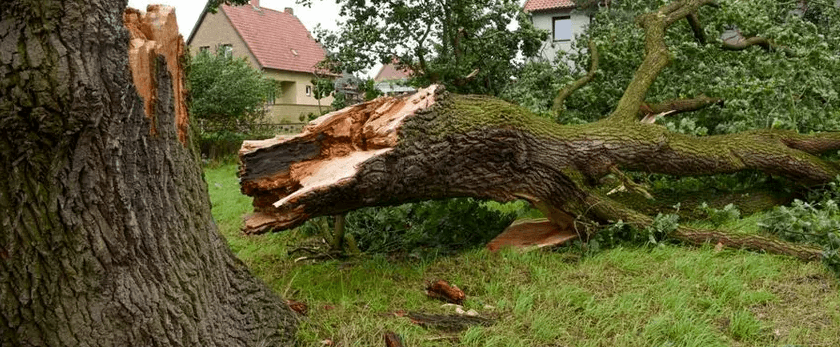In our efforts to lead greener, more sustainable lives, we often encounter the need to dispose of tree branches. Whether you're a homeowner, a DIY enthusiast, a student, or someone who simply cares about the environment, responsible tree branch disposal is essential. In this article, we'll explore eco-friendly ways to manage tree branches, ensuring they don't end up needlessly in landfills.
Can you put tree cuttings in a skip?
Yes, but with caution. Tree cuttings can be placed in a skip, but there are considerations to keep in mind:
-
Check Local Regulations: Before tossing tree cuttings into a skip, verify local regulations and guidelines. Some areas may have restrictions on the disposal of green waste in skips.
-
Avoid Mixing with Other Waste: If using a skip, make sure the tree cuttings are segregated from other types of waste. Mixing green waste with general waste is not eco-friendly.
-
Consider Composting: Instead of sending tree cuttings to a landfill, consider composting them if possible. Composting turns organic materials into nutrient-rich soil, benefitting your garden or local green spaces.

How do you dispose of a tree that fell?
Disposing of a fallen tree requires a more comprehensive approach. Here's what you can do:
-
Safety First: Ensure the area is safe for you and others. If the fallen tree poses immediate danger, contact professionals for removal.
-
Assess the Tree: Determine if the tree can be salvaged. If it's severely damaged or diseased, removal might be the best option.
-
Contact Local Authorities: In many cases, local authorities or tree removal services can assist with fallen tree disposal. They have the equipment and expertise to handle this safely.
-
Reuse or Repurpose: If possible, consider repurposing the wood from the fallen tree. It can be used for firewood, crafting, or even furniture.
-
Recycle or Mulch: Some areas have wood recycling programs or mulching services. Look for options to recycle the wood or turn it into mulch, which is great for landscaping.
What to do with dead branches?
Dead branches are common in gardens and landscapes. Here's how to responsibly manage them:
-
Pruning: Regularly prune dead branches from trees and shrubs to promote healthy growth. Use appropriate pruning tools and techniques to minimize damage.
-
Chipping: Invest in a wood chipper or hire a service to turn dead branches into wood chips. Wood chips can be used for mulching, improving soil quality, or as a decorative ground cover.
-
Composting: Small dead branches can be added to your compost pile. They'll break down over time and enrich your compost with carbon.
-
Art and DIY Projects: Get creative! Dead branches can be used for various art and DIY projects. They make excellent rustic decorations or even unique pieces of furniture.
In Conclusion
Taking care of tree branches, whether they're cuttings, fallen trees, or dead branches, doesn't have to be a burden on the environment. By following these eco-friendly disposal methods, you can contribute to a greener planet and a more sustainable future.
So, the next time you find yourself with tree branches to dispose of, remember these solutions. With a little effort and care, you can make a positive impact on your surroundings while nurturing a more eco-friendly lifestyle.










